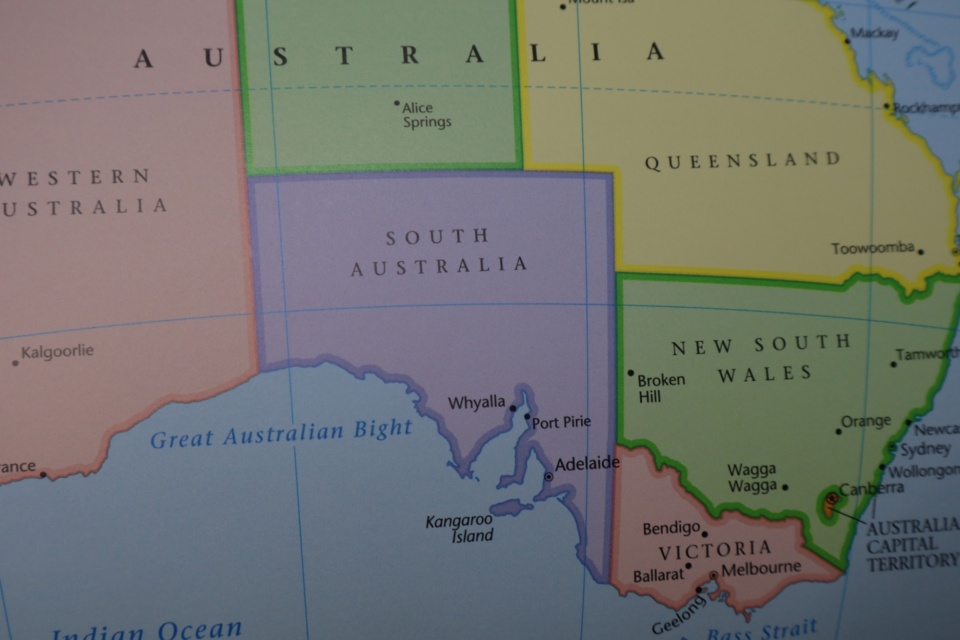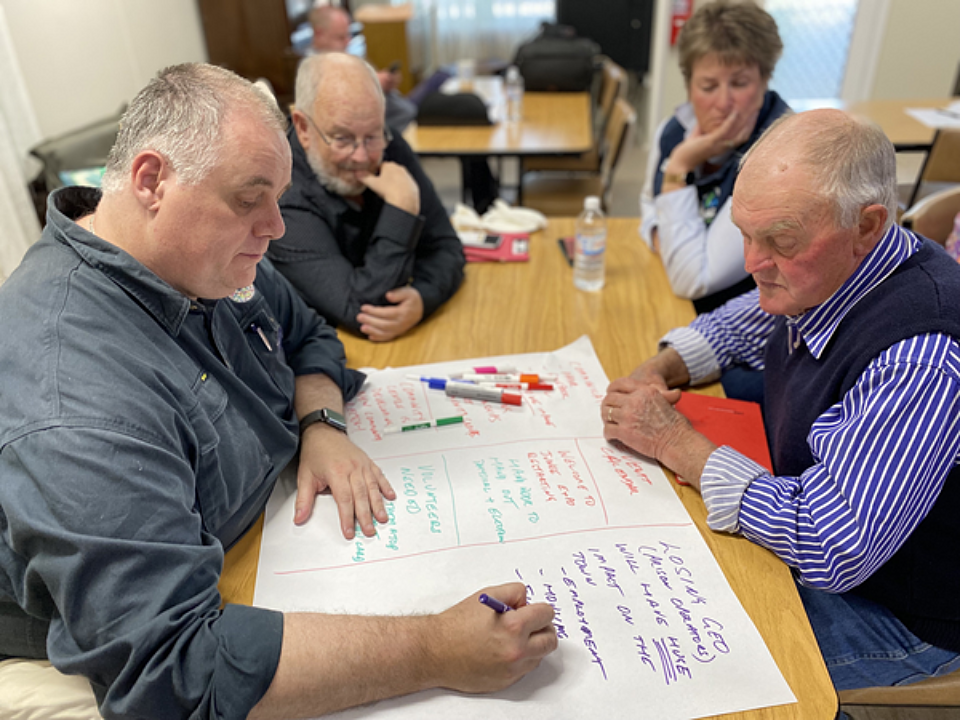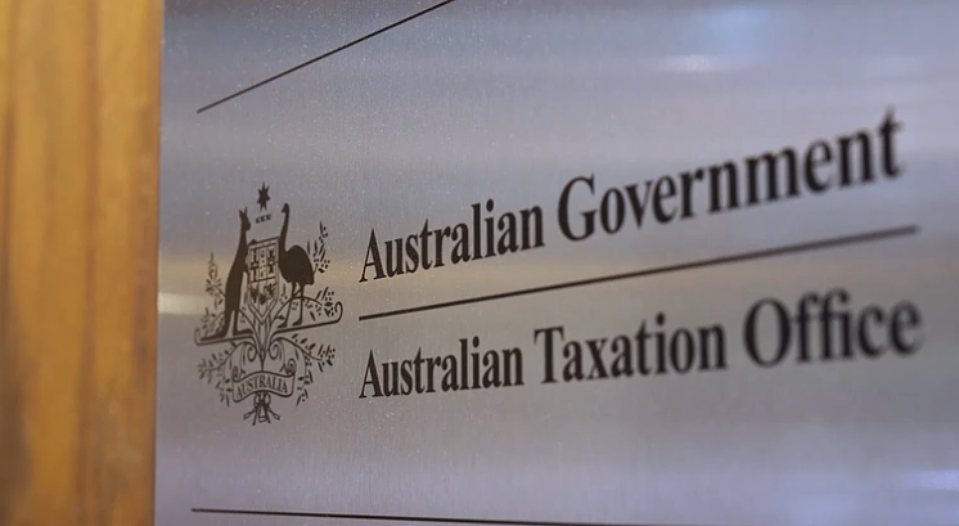
‘You are not broken, the system is’ – new NFP pushes for less medication
Posted on 03 Dec 2025
The over-medicalisation of distress affects pretty much everyone in Australia, leading to needless…
Posted on 05 Mar 2025
By Matthew Schulz

Government tax reforms affecting community foundations are expected to significantly boost philanthropy in Australia, with the sector set to manage more than $1 billion within the next few years.
New tax rules now in force provide for a “community charity” category, which gives community foundations the highly sought-after deductible gift recipient (DGR) status.
The tax benefit will further increase revenue for Australia’s growing number of community foundations and has strong federal government backing.
Community foundations pool donations from individuals, businesses and institutions to fund their works. Each operates as a permanent, independent trust that invests funds to generate grants for charities and grassroots projects in specific regions.
The sector has grown rapidly, with 40 foundations currently in operation.
Since the tax reforms were announced in June last year, the peak body Community Foundations Australia has seen 74 more communities announce their intention to create a foundation. Those groups are expected to launch in the next two years.
“This will be the fastest growing foundation field in the world, and with this groundbreaking legislation, this puts Australia at the forefront of the international community philanthropy field."
Community Foundations Australia chief executive Ian Bird told the Community Advocate this week, in between a series of Canberra meetings and a media conference about the changes, that foundations already manage endowments worth $650 million, an amount projected to surpass $1 billion by the 2027–28 financial year.
Bird said Australia’s community foundations sector was now the fastest-growing movement of its type globally, and the foundations collectively formed Australia’s largest philanthropic network.
“This will be the fastest growing foundation field in the world, and with this groundbreaking legislation, this puts Australia at the forefront of the international community philanthropy field,” Bird said.
While legislative changes encouraged donors, funds were being created by communities undergoing energy transitions such as closure of coal mines, or by communities preparing for climate impacts, such as fires and floods.
Bird said that community foundations were distinctive in Australia’s philanthropic scene for their high rates of distributions.
While the minimum spend-down of philanthropic funds is legislated as four to five per cent of total funds each year, Bird said a 14 per cent annual spend was the average for community foundations, and some groups were known to expend 100 per cent of available funds for specific purposes.
Foundations distributed a record $70 million last year, but Bird said that by the end of the decade, community foundations would be pouring “well over $100 million” annually into their communities.
Bird compared Australia’s growth to Canada’s: as CEO of Community Foundations of Canada he guided the development of community foundations from funds of $1 billion to $10 billion and the growth of foundation numbers from 100 to more than 250.


The tax rule changes have been welcomed by the peak bodies Community Foundations Australia and Philanthropy Australia, which predicted the reforms would boost social capital and grassroots giving.
The changes, outlined in Taxation Administration (Community Charity) Guidelines 2025, were released by Charities Minister Andrew Leigh, with bipartisan support.
Community Foundations Australia chair Ben Rodgers hailed the government’s “practical action” to support community philanthropy in Australia.
“The implementation of this reform brings more than 20 years of sector-wide advocacy to a successful close, creating a new and better tax and regulatory framework for community foundations, in recognition of the vital role they play building thriving communities across Australia,” Rodgers said.
Rodgers explained that until now, community foundations had faced barriers attracting donations from private ancillary funds used by individuals and families for private giving, which were “constrained” from directly supporting community groups without DGR status.

The new DGR category and guidelines for community foundations created a “more fit for purpose environment for community philanthropy in Australia”, he said.
“It’s an exciting time for community philanthropy in Australia.”
Philanthropy Australia chief executive Maree Sidey said the reforms “remove big roadblocks, helping unlock the flow of more resources to important community initiatives”.
She said the changes would help the government’s goal of doubling giving by 2030, and flagged that ahead of the federal election, “there’s an opportunity for both the Government and Opposition to build on this with further practical reform commitments aimed at growing giving for the benefit of the community”.

Charities Minister Andrew Leigh said in a media statement that the government was delivering on promises to support the philanthropic sector, and the latest announcement was an important step towards the government’s goal of doubling philanthropic giving by 2030.
“These reforms will make it easier for people to support charitable foundations in their local area,” the minister said.
“By reducing the paperwork burden and expanding eligibility for tax‑deductible donations, the Albanese Government is ensuring that more money flows to charities that are making a real difference in people’s lives.”
Dr Leigh had earlier singled out community foundations as a vehicle for boosting philanthropy, telling the Philanthropy Australia conference last year that such foundations could become the engine room of philanthropy in Australia.
He described community foundations as “democratic”, “egalitarian” and a model which “matches the government’s ambition for charities and for philanthropy.”
Charities are still waiting on further reforms to DGR rules as recommended by the Productivity Commission’s Future Foundations for Giving report.

Posted on 03 Dec 2025
The over-medicalisation of distress affects pretty much everyone in Australia, leading to needless…

Posted on 03 Dec 2025
If you wanted an example of the problems inherent in federal systems, you couldn’t do better than…

Posted on 03 Dec 2025
Many not-for-profit (NFP) board members in Australia are burnt out, overwhelmed and considering…

Posted on 03 Dec 2025
Infoxchange has announced a partnership with the National Artificial Intelligence Centre to address…

Posted on 03 Dec 2025
Tonight, in Adelaide, the people least likely ever to be accused of doing what they do for…

Posted on 03 Dec 2025
Emma-Kate Rose is the co-CEO of Food Connect Foundation, working with communities to support the…

Posted on 03 Dec 2025
Today is the International Day of People with Disability, but for many, there is little to…

Posted on 26 Nov 2025
Charities and not-for-profits can be outstanding advocates for their cause, their community, their…

Posted on 26 Nov 2025
Next Wednesday, December 3, All Abilities ambassador Greg Pinson will be celebrating the…

Posted on 26 Nov 2025
If you think it’s inefficient for every small organisation seeking funds in regional, rural or…

Posted on 26 Nov 2025
An emerging tax scheme that offers tax deductions by using barter credits to inflate DGR donations…

Posted on 26 Nov 2025
A landmark conference starting tomorrow in Sydney will bring together the dual sensory impairment…